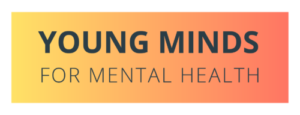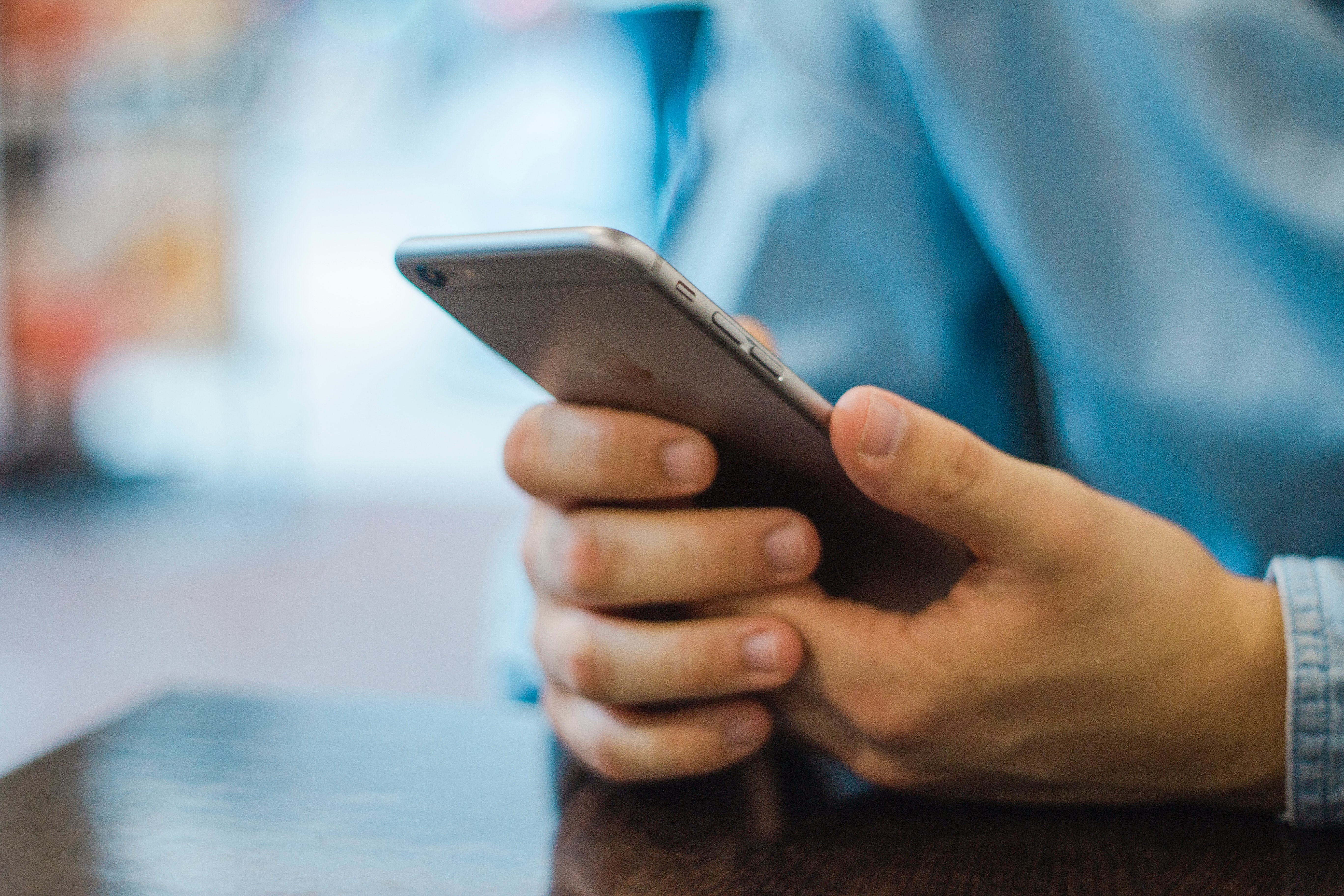Sitting on the NYC subway Monday morning, on my usual 45-minute commute to class, I look up and see an advertisement for “Head Space.” It read: “I meditate so running becomes more than just running.” Through spotty service, I opened my app store, typed in headspace in the search bar, clicked the top option on my list, downloaded the app, and quickly went to the portion titled “stress & anxiety”. While a skeptic at first, I later came to realize how technology can be used as a helpful tool to access mental health care globally.
A perpetual skeptic of the “social media” trend, I held a negative connotation to anything technology related. I read articles about “Facebook depression” and was seemingly unsurprised to learn how usage of social media outlets, such as Instagram and Snapchat, have been linked to increased depression and loneliness. Of course, if you open up your computer or click that app on your phone, you compare your life to the photo-shopped, selectively chosen, and crafted images of your friends and acquaintances, forgetting that you are most likely comparing yourself to an altered reality. So, when it came to using technology to access mental health care, to say I was skeptical would be an understatement. But, after a bit of research into telehealth and using a few of the apps myself, I see technology’s benefits and understand how it can help mental health globally. I hope to convince you of the same.
Simply stated, the applications provide increased access to mental healthcare and can be an effective alternative to conventional in-person therapeutic models. Across the U.S., most specifically in rural areas, there is a shortage of mental health professionals, and internet based therapy begins to tackle this issue. You can receive online support from a licensed therapist that is comparable to face-to-face clinician therapy. This allows individuals to more easily access affordable and effective mental health treatment.
When using these apps, you can become an expert in your own therapy. You know the old saying “give a man a fish and you feed him for a day; teach a man to fish and you feed him for a lifetime”. Well, the apps can teach you how to fish; the strengths in these apps, most notably the self-guided ones, are that they equip you with the necessary skills to help yourself. Apps like Pacifica, allow you to track your own symptoms, moods, and feelings, a task that is often completed in therapy sessions. Some applications like FearFighter provide patients with anxiety with step-by-step self-guided CBT, providing clients with sequential exercises (e.g. exposures for phobias) and quizzes to assess comprehension. Using these apps allow patients to guide themselves through therapy, learning key emotion regulation skills, coping techniques, and other vital components of mental health recovery.
These apps can have a positive impact on reducing stigma of mental illness. Simply stated, the more people become aware of mental health concerns, the more people become comfortable with discussing their emotions, feelings, and behaviors, and the more people realize how common and normal it is to feel “abnormal”. In addition to normalizing mental illness, if an individual avoids seeking care due to shame or embarrassment, telemental health can provide these individuals with less-stigmatizing therapy as it can be done in the comfort of your own home at your own pace. It can act as the first step to becoming comfortable with mental health therapy, developing a better understanding of mental illness, and eventually decreasing the perceived stigma.
Considering technology is often the thing in our lives that makes our minds race and the source of our need to “disconnect”, some may argue the oxy-moronic nature of technology apps, such as headspace, that focus on meditation and relaxation. But, the reality is that these applications offer increased access to affordable everyday stress relief as well as comprehensive mental health care. It is an effective means to a much needed end. The mode which it is delivered does not negate the positive effects of these apps and, while we can blame technology for some of our headaches, it doesn’t mean that it cannot be used to relieve us of others.
The bottom line is that there is a need to increase accessibility to and affordability of mental health care; technology is a step in the right direction. I invite you to look through these applications, maybe download one that appeals to you, and give it a try.
Adina Heckelman (MPH, MSW candidate ‘2020, Columbia University) is a contributing writer to YMFMH.



